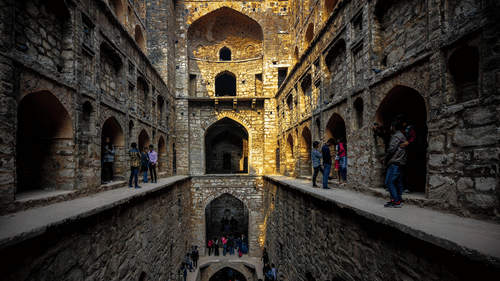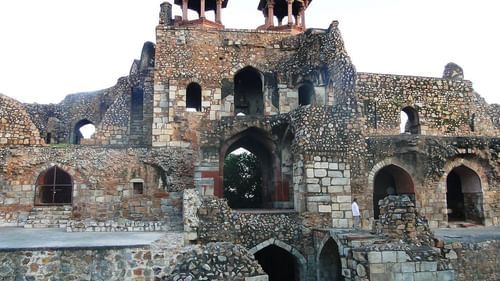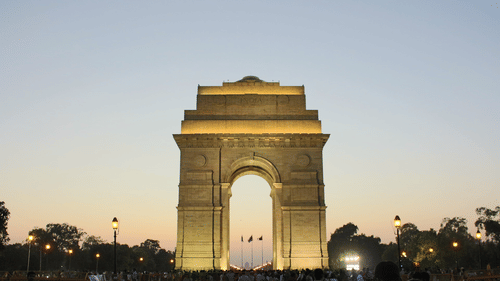Top Tourist Attractions in New Delhi
The heart of the country, Delhi, is dotted with marvellous architectural wonders dating back to the medieval times and before that. We bring you some of the major and offbeat locations to visit and feel pulled back to the times of the Mughal and Tughlaqs.

Agrasen Ki Baoli
One of the oldest step-wells in the world, Agrasen Ki Baoli, is a marvel of the medieval architecture. Agrasen ki Baoli is amongst a couple of its kind in Delhi, comprising of 103 steps made of red stone. The Baoli was initially worked by Maharaja Agrasen, in the Mahabharat time, and later modified by the Agrawal people group in the fourteenth century, most likely amid the Tughlaq period.

Purana Qila
The Purana Quila or the old fortress is a standout amongst the most charming tourist destinations that portray the historical backdrop of Delhi as it's points of interest. Built by the Mughal emperor – Humayun, the Purana Quila is proof of the greatness of the Mughal craftsmanship. The Purana Quila is located in New Delhi and is said to guard the vestiges of the old city of Indraprastha.

Khairul Manzil Masjid
The Khairul Manzil Masjid is located opposite the Purana Qila and was built in 1561 by Maham Anga, a powerful wet nurse of Emperor Akbar. Anga was the foster mother of Akbar and briefly ruled the Mughal Emperor when Akbar was a young boy. The mosque was built with the help of Shiha-bud-Din-Ahmad Khan an influential minister and relative of Maham Anga.

Zafar Mahal
Zafar Mahal, in Mehrauli village, in South Delhi, India is viewed as the last grand structure worked as a late summer royal residence during the Mughal period. The building has two parts specifically, the Mahal or the royal residence, which was manufactured first by Akbar Shah II in the eighteenth century, and the passage door that was reproduced in the nineteenth century by Bahadur Shah Zafar II, prevalently known as Zafar.



